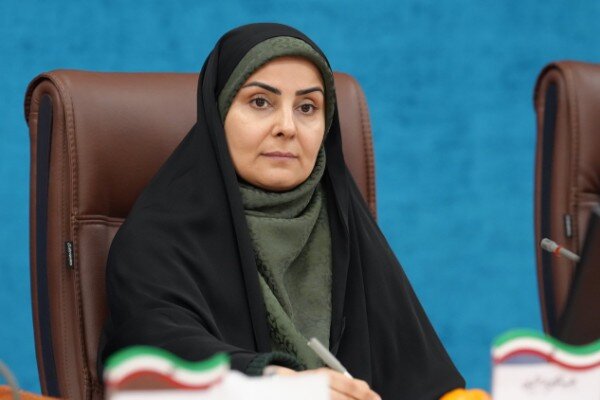Emphasizing recent achievements, Sadegu pointed to significant growth in maritime travel. “90% of the ocean travel was conducted via Bandar Abbas and Qeshm. With the addition of two new passenger ships, we have seen strong national demand,” she said.
She added that plans are underway to expand the fleet of passenger ships to further stimulate marine tourism. “Our maritime economic strategy focuses primarily on the southern coast, including Bandar Abbas, Chabahar and other states along the southern border,” Sadegu said. “We are drafting a comprehensive plan to promote the South Coastline with a maritime economic approach.”
Macran coastline development
Sadegh has announced plans to drove the Arvand River to facilitate the navigation of larger vessels to Khorramshahr port. “The project will significantly boost the local economies of Quezestan, Khloramshaal and Abadan along the Alband River,” she added.
The Minister also emphasized the importance of developing Macran coastlines as a basis for moving forward in the maritime economy. She mentioned the ongoing agreement aimed at increasing the number of vessels to help passengers and tourism grow.
Upgrading North Ports and Regional Cooperation
Sadegh reported the commencement of drought work at Astara Port in the Caspian Sea. “There is a considerable potential for Northern Ports, but improving the quality of service remains essential,” she emphasized.
She also mentioned the recent Caspia Sea Surface Summit. There, Iran’s proposal to create a comprehensive maritime database and a joint information sharing platform for coastal states was approved.
Sadegh emphasized that improving the quality of the maritime fleet of both cargo and passengers is a priority for the ministry.
“The development of Chabahar must primarily benefit the local community and its livelihoods. Current development efforts are progressing in collaboration with partners in India.”
MNA

